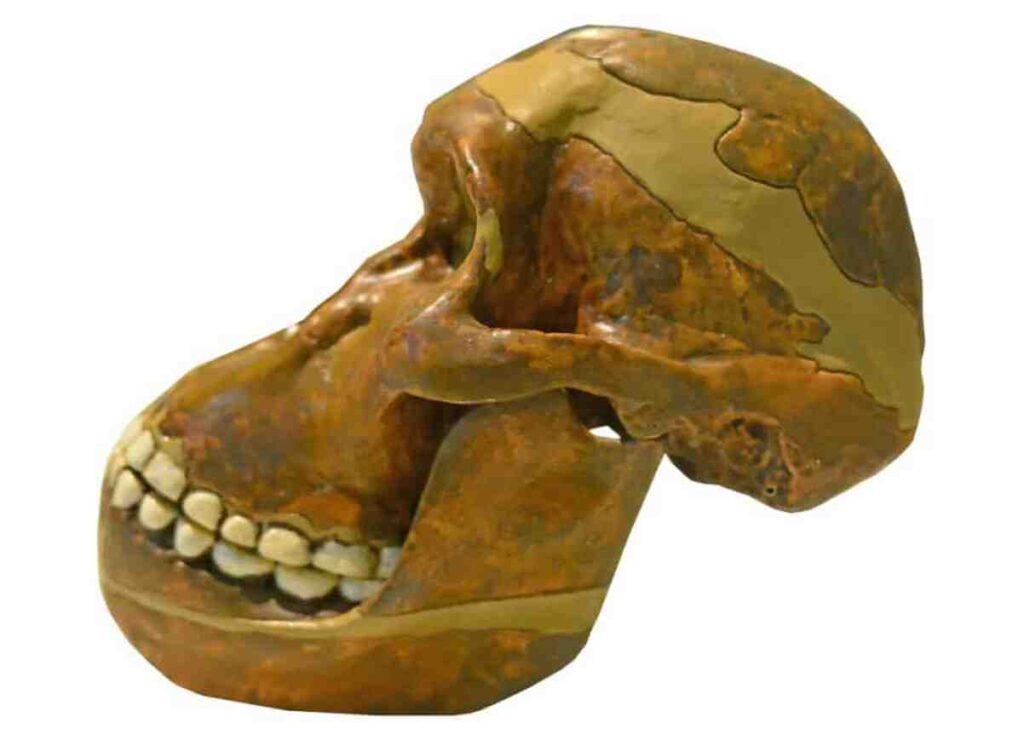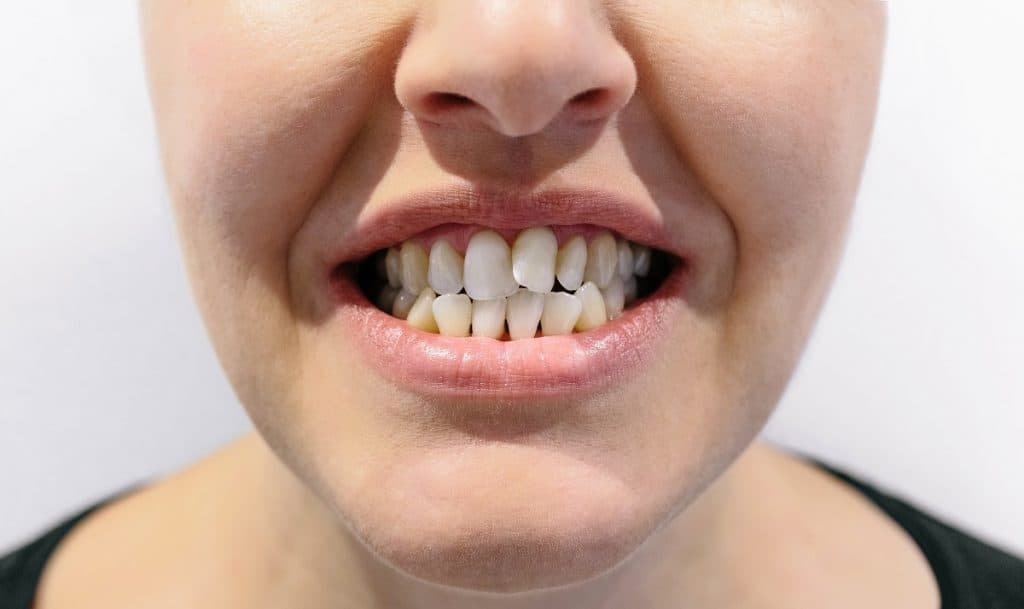
The use of orthodontic appliances is a common practice in modern dentistry, helping millions of people to correct malocclusion problems and achieve healthier, more aesthetically pleasing smiles.
Frenchman Pierre Fauchard is believed to have been responsible for inventing the first orthodontic appliance in 1728. Fauchard, often called the “Father of Modern Dentistry,” developed a removable metal structure known as a “ring” to correct tooth position.
However, this initial device was primitive compared to contemporary orthodontic appliances. However, technology has played an important role in the evolution of orthodontic appliances.
The introduction of materials such as stainless steel, porcelain, and plastic has brought more options to patients, allowing for more comfort and aesthetics during treatment.
Looking back
Today, we will not necessarily look to the present time to analyze modern orthodontic appliances, but instead, we certainly intend to look to our distant past, specifically to the Stone Age.
This is because this is where we will learn that our ancestors weren’t too concerned about fixing their teeth, as this was a natural condition for them.
Yes, according to Daniel Lieberman, in his book A History of the Human Body, when talking about the teeth of Stone Age humans, there is a rather interesting logic.
He claims that by comparing the skulls of modern people with those of people from the Stone Age, one notices that there are many cavities and abscesses in the teeth of those who lived a few years ago.
According to Daniel:
“Most skulls from the past 100 years are a dentist’s nightmare: full of cavities and infections, teeth crowded in the jaw and about a quarter of them infected with teeth.
In contrast, most hunter-gatherers had near-perfect dental health. Apparently, orthodontists and dentists were rarely needed in the Stone Age. “
That beautiful smile…
Despite the lack of advanced technology and modern dental resources, some archaeological studies and finds indicate that many individuals of this age had surprisingly well-maintained teeth.

One reason for this is the prevailing hunter-gatherer diet. At that time, people ate mostly natural, unprocessed foods such as meat, fish, fruits, vegetables, and roots.
This diet was rich in fibre, vitamins and minerals that are essential for the proper development of the jaw and teeth.
Another important study in this field was published by orthodontists Sandra Kahn and Paul R. Ehrlich from Stanford University in the USA.
They report that changes in diet and eating habits throughout human development may have contributed to altered jaw size and consequent dental misalignment.
Before the Stone Age, humans ate mostly raw, hard foods such as raw meat and fibrous vegetables. This diet requires more intense and prolonged chewing, exercising the masticatory muscles and promoting healthy jaw development.
With the advent of agriculture and the discovery of fire, a great change occurred in the human diet. The food is starting to get soft and cut into smaller pieces. This resulted in the need for less intense chewing and less exercise for the jaw muscles.

Over time, these changes in diet led to a gradual decrease in jaw size, as it was no longer necessary to have large, strong jaws to handle tough, stringy foods.
Thus, the reduction in the size of the lower jaw may have affected the space available for the teeth to position themselves properly, resulting in misaligned teeth.

“Proud explorer. Freelance social media expert. Problem solver. Gamer.”






